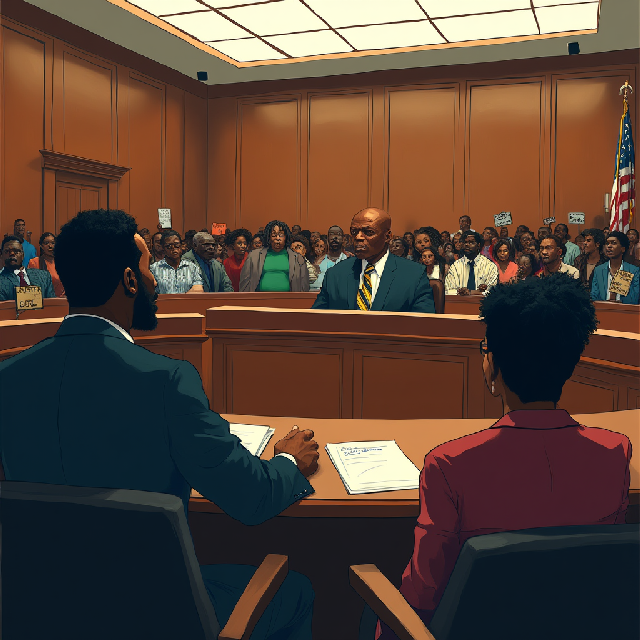Introduction to the Daniel Penny Case: A Tragic Incident and Its Aftermath
The Daniel Penny case has sparked widespread attention and debate across the nation, centering on a tragic incident that led to the death of Jordan Neely, a 30-year-old homeless man. The case involves Daniel Penny, a 24-year-old U.S. Marine Corps veteran, who was accused of placing Neely in a fatal chokehold during an altercation on a New York City subway in May 2023.
The Circumstances Leading to Jordan Neely’s Death
On May 1, 2023, Daniel Penny and Jordan Neely crossed paths on a Manhattan subway car. Neely, who had a history of mental health issues and homelessness, was reportedly acting erratically and aggressively. Witnesses described Neely as shouting incoherently and appearing agitated before the encounter with Penny.
In an attempt to restrain Neely, Penny applied a chokehold that lasted for several minutes. This restraint ultimately led to Neely losing consciousness. Despite efforts to revive him, Neely was pronounced dead at the scene. The New York City Medical Examiner later ruled that Neely’s death was caused by compression of the neck due to the chokehold.
The Legal Proceedings Against Daniel Penny
Following the incident, Daniel Penny was charged with manslaughter and criminally negligent homicide. His trial began in late 2024, with prosecutors arguing that Penny acted recklessly and without justification when he applied the fatal chokehold. However, Penny’s defense team maintained that his actions were necessary to protect himself and others from Neely’s perceived threat.
In a dramatic turn of events, the jury deadlocked on the manslaughter charge, leading to its dismissal. Penny ultimately faced only the lesser charge of criminally negligent homicide. After deliberating, the jury delivered a verdict of not guilty, acquitting Penny of all criminal charges related to Neely’s death.
Public Reaction and Broader Implications
The outcome of the trial has been met with mixed reactions. Supporters of Penny argue that he acted in self-defense, while critics contend that the acquittal reflects systemic biases within the justice system, particularly regarding race and mental health. The case has reignited conversations about police brutality, racial injustice, and the treatment of homeless individuals.
Jordan Neely’s family has vowed to pursue civil action against Penny, seeking justice for what they describe as an unjust outcome. Meanwhile, the incident has sparked protests and debates nationwide, highlighting the complex interplay between public safety, mental health, and law enforcement.
This case serves as a stark reminder of the challenges society faces in addressing homelessness, mental illness, and the use of force. As the legal system continues to grapple with these issues, the death of Jordan Neely remains a tragic example of how such circumstances can escalate with devastating consequences.

The article doesn’t explore if Daniel Penny’s military training, if any, could have contributed to his use of a fatal chokehold on Jordan Neely.
The article doesn’t explore whether Daniel Penny’s military training might have influenced his actions in the fatal chokehold on Jordan Neely. I’m curious how such training could affect our understanding of what happened.
How would relevant training affect our interpretation of his actions during the incident?
The article questions how Daniel Penny’s military training may have influenced his use of a chokehold on Jordan Neely. Understanding if he received specific restraint training could explain why he chose that method. This would also relate to both the self-defense claim and the excessive force argument. Examining this could provide insight into his mindset and decision-making during the incident.
The article questions Daniel Penny’s military training and whether it influenced his use of a chokehold on Jordan Neely. It’s crucial to know if he was trained in restraint techniques, as this could determine if his actions were self-defense or excessive force. Understanding his mindset during the incident is key to explaining what happened.